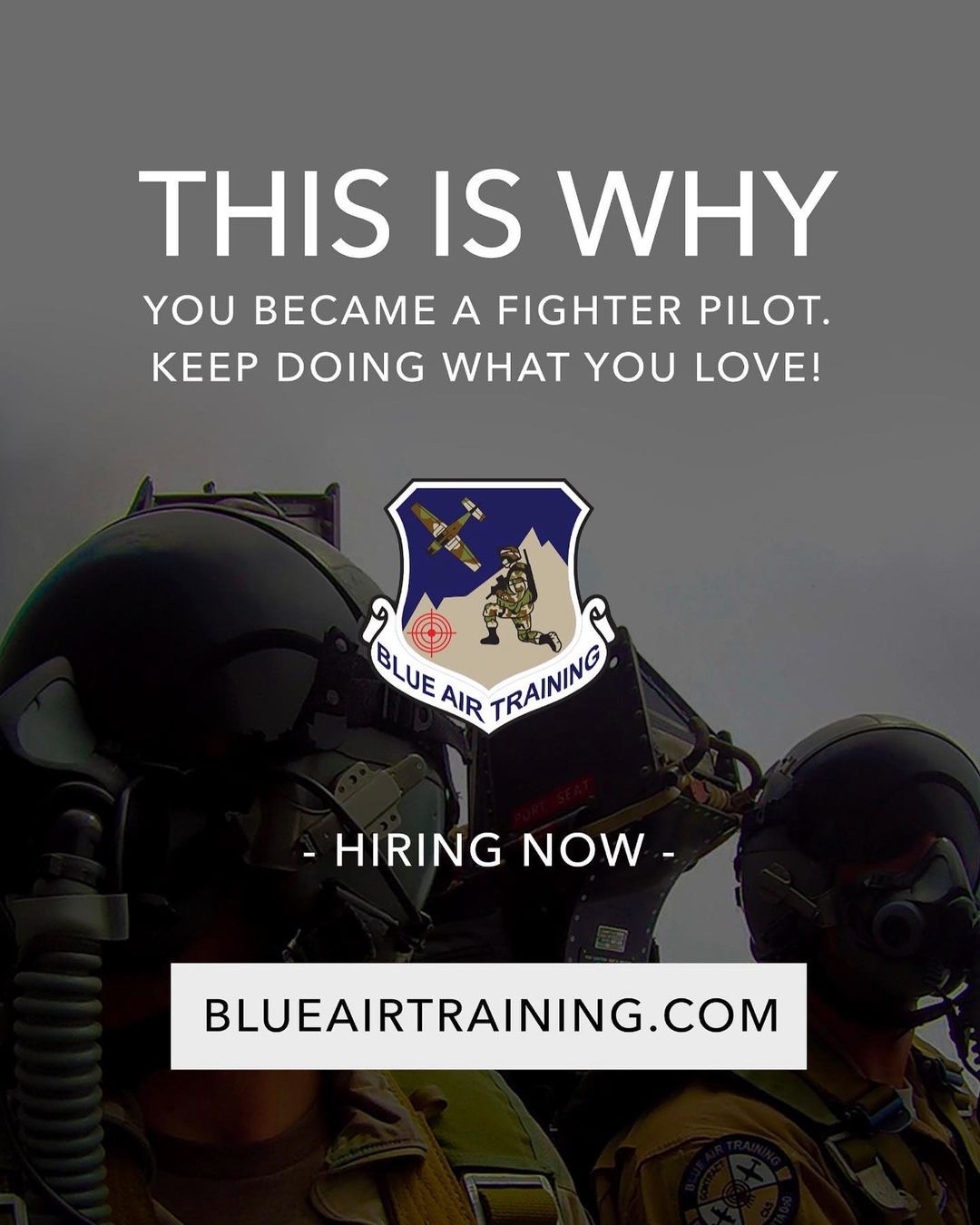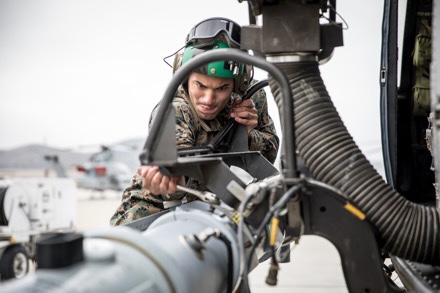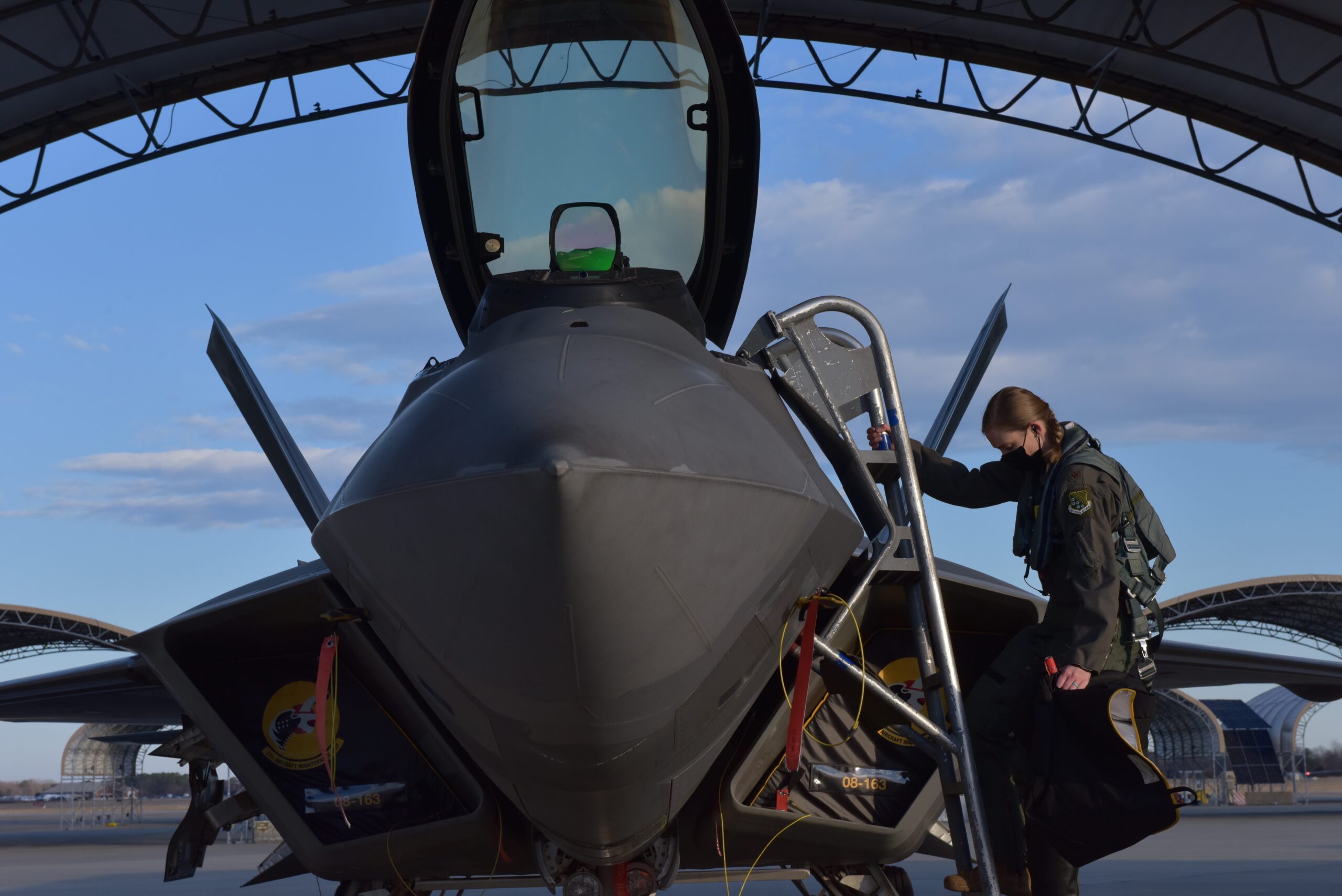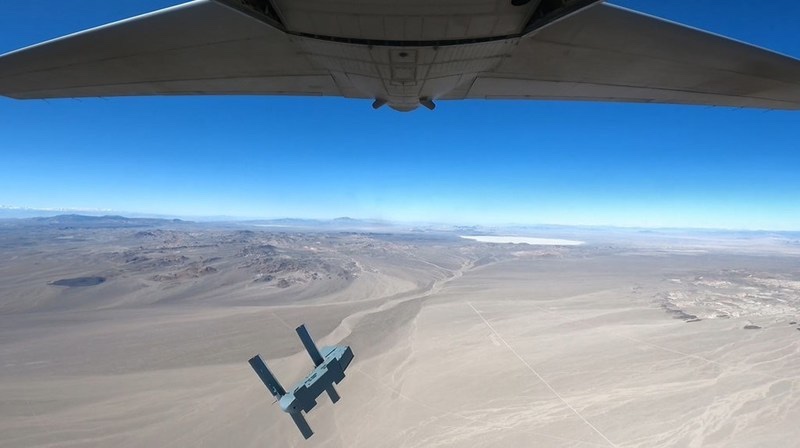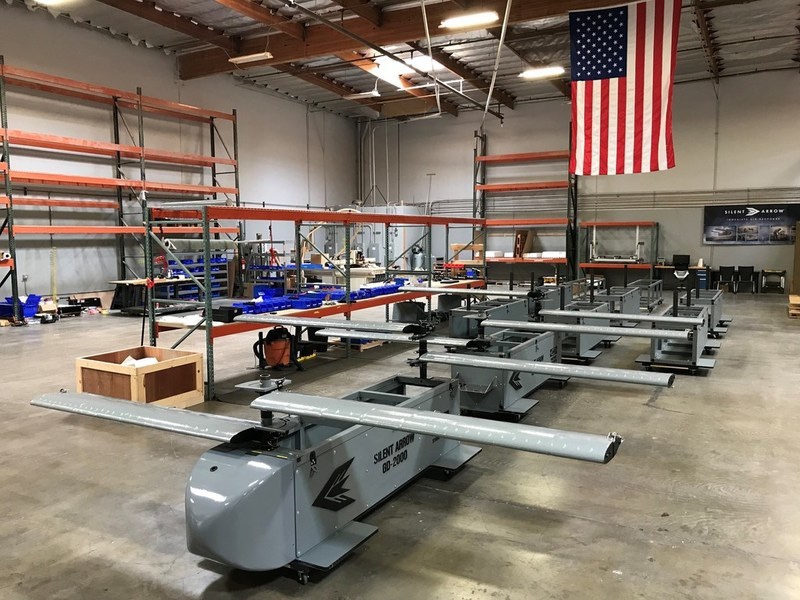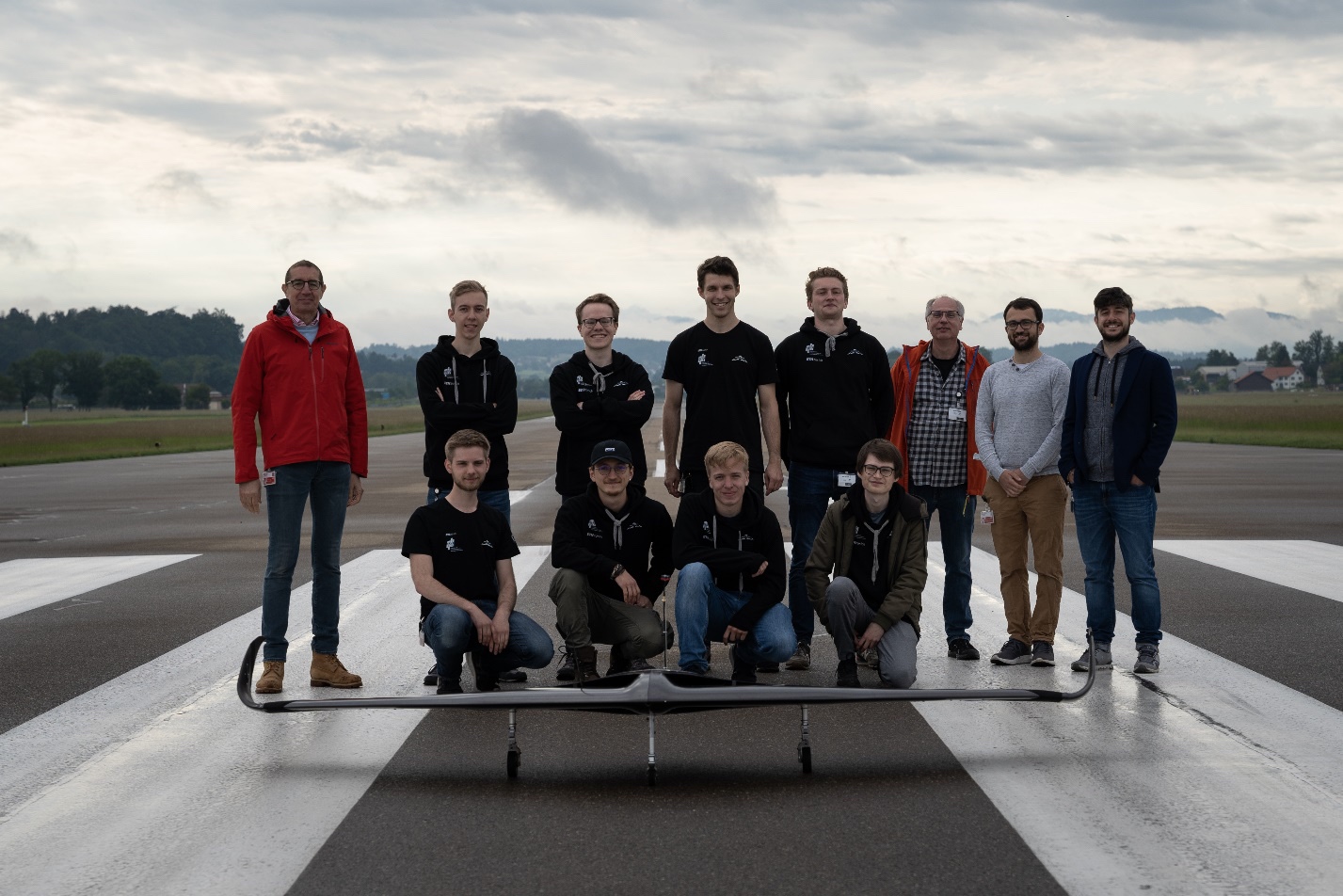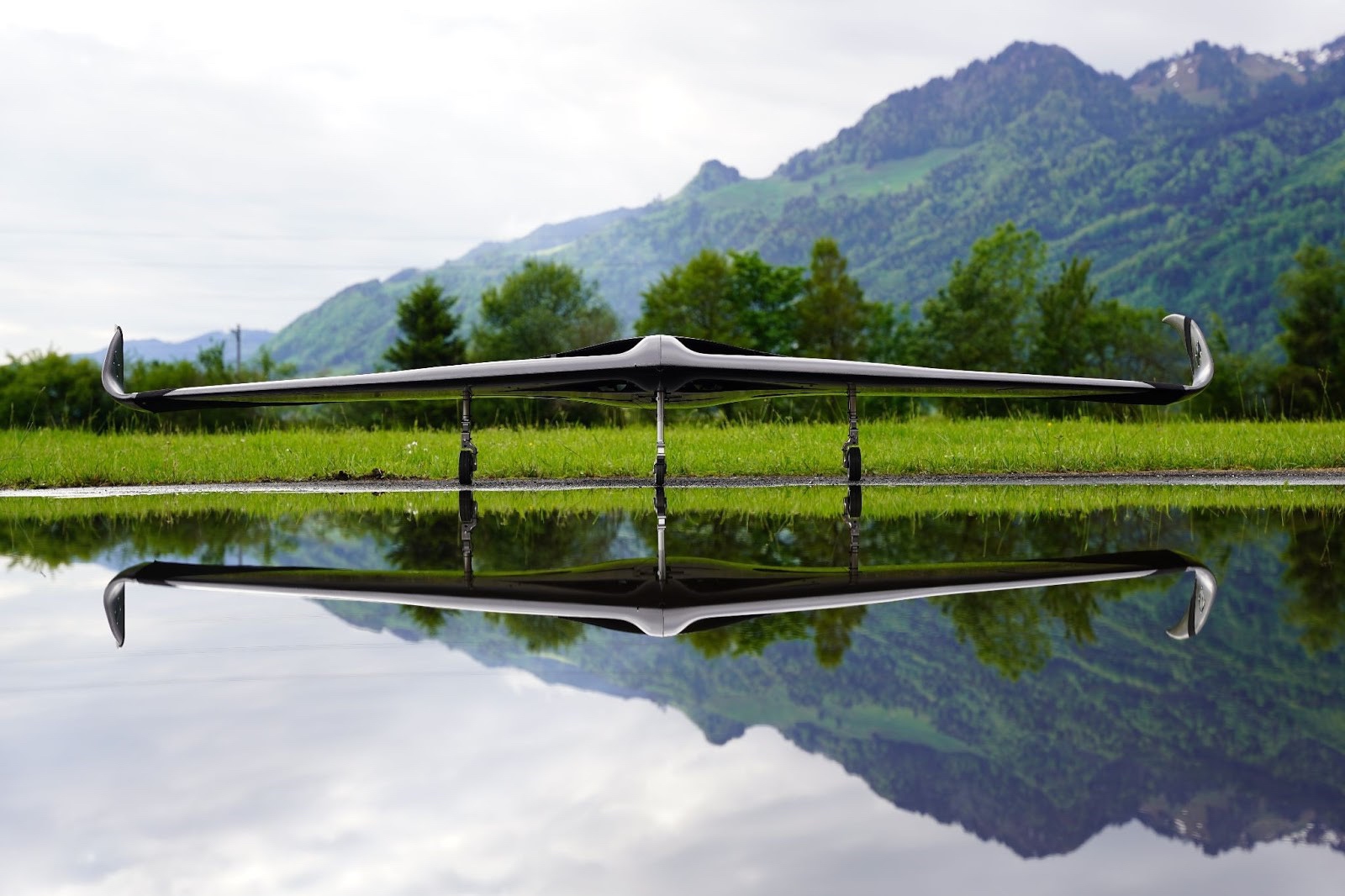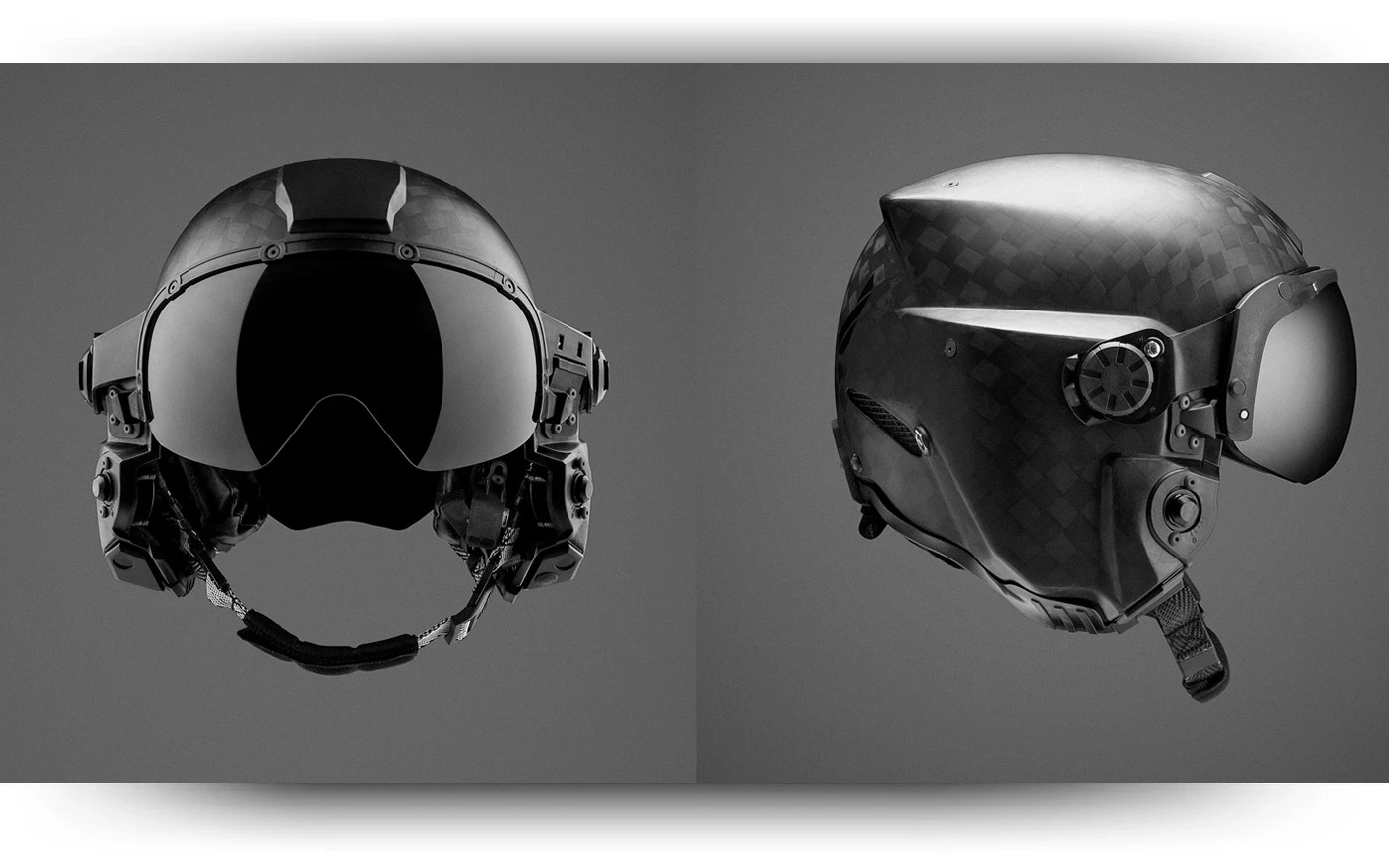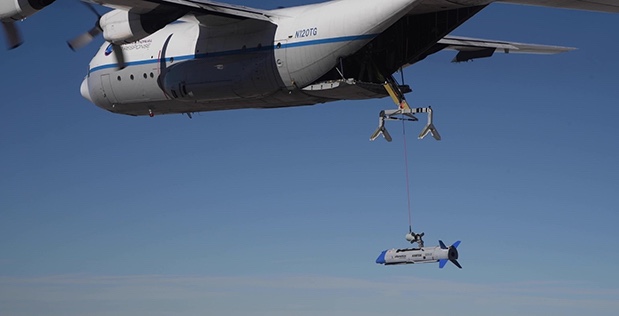EGLIN AIR FORCE BASE, FLORIDA (AFRL) – The Air Force Rapid Dragon Program, a fast-paced experimentation campaign led by the Air Force Strategic Development Planning and Experimentation (SDPE) office, successfully completed its final flight test December 16 at the Eglin AFB Overwater Test Range.
The flight test capstoned a 2-year series and culminated in a live fire of a current inventory cruise missile armed with a live warhead. Rapid Dragon demonstrates the ability to employ weapons using standard airdrop procedures from cargo aircraft using the Rapid Dragon Palletized Weapon System.
The program name is derived from a thousand-year-old Chinese military designed crossbow catapult that launched multiple crossbow bolts with the pull of a single trigger, raining destruction down on armies from tremendous ranges. These lethal devices were called Ji Long Che—Rapid Dragon Carts. Today, the Rapid Dragon concept is changing the game again, this time as an airborne delivery system for U.S. Air Force weapons. And like its namesake, these palletized munitions promise to unleash mighty salvos en masse on distant adversaries.
During the December test, an MC-130J flown by an Air Force Special Operations Command operational flight crew, received new targeting data while in flight which was then routed to the cruise missile flight test vehicle (FTV). The aircraft agnostic Battle Management System’s inflight receipt and upload of the new targeting data into the FTV was a first-time achievement with a live cruise missile.
Once inside the drop zone over the Gulf of Mexico, the MC-130J aircrew airdropped a four-cell Rapid Dragon deployment system containing the FTV and three mass simulants, which were sequentially released from the palletized deployment box while under parachute. Safe separation from the deployment box and weapon deconfliction was demonstrated using an unconventional deployment method (nose-down vertical orientation). Immediately after the vertical release, the FTV deployed its wings and tail, achieved aerodynamic control, ignited its engine, performed a powered pull-up maneuver, and proceeded toward its newly assigned target. The cruise missile successfully destroyed its target upon impact.
The next step for the Rapid Dragon Program will be a live-fire test with a cruise missile from a C-17 in Spring 2022, demonstrating the aircraft agnostic capabilities of the Palletized Weapon System. Of note, the new retargeting methodology developed by the Rapid Dragon team is designed to be transferrable to other strike and cargo platforms, potentially increasing the lethality of those aircraft. Lastly, a follow-on program will look at expanding the Rapid Dragon carriage portfolio to include additional weapon systems and multiple effects capabilities, as well as continuing the maturation of the system, taking it from a developmental prototype to an operational prototype over the next two years.
“This type of experimentation campaign, that address capability gaps and demonstrates transformative efforts, helps us shape future requirements and reduces timeline to fielding,” said Maj. Gen. Heather Pringle, Air Force Research Laboratory commander, adding “This approach ultimately enables a rapid fielding alternative to traditional lengthy acquisition timelines.”
In addition to SDPE and AFSOC, demonstration participants included the Naval Surface Warfare Center-Dahlgren; Standoff Munitions Application Center; Lockheed Martin Missiles and Fire Control; Systima Technologies; Safran Electronics & Defense, Parachutes USA, and R4 Integration, Inc.
Agility and collaboration enabled this government/industry team to go from a design to a system level flight test in 10 months, followed by a live fire five months later. During those last five months, Rapid Dragon has conducted five system level flight tests using three different aircraft (MC-130J, EC-130SJ, and C-17A).
“Rapid Dragon is a prime example of a government/industry partnership that embraces this acceleration mindset, building a community of subject matter experts and executing an aggressive, but well-thought-out, experimentation campaign,” said Dr. Dean Evans, SDPE’s Rapid Dragon Program Manager. This sentiment was echoed by Aaron Klosterman, SDPE’s Experimentation & Prototyping Division Chief when he said, “This accomplishment is a testament to what an agile U.S. Air Force and industry team can do when it is empowered to do business differently.”
The successful Rapid Dragon experiments pave the way for U.S. and allied mobility platforms to dramatically increase fires available for a combatant commander to place more adversary targets at risk.
“Rapid Dragon was able to accelerate development by building a broad and strong team. We were committed to a ’test often/learn-fast’ culture, dedicated to experimenting frequently and taking calculated risks. In addition to the MAJCOMs and Air Staff, the Rapid Dragon team included the Developmental Test (DT) and Operational Test (OT) communities, the aircraft and weapons Program Offices, and the mission planners. This collaboration from the onset streamlined the process and accelerated development, involving groups from the program inception that are not normally included at the very early stages, and that has made all the difference,” Evans added.
By Air Force Research Laboratory Public Affairs
